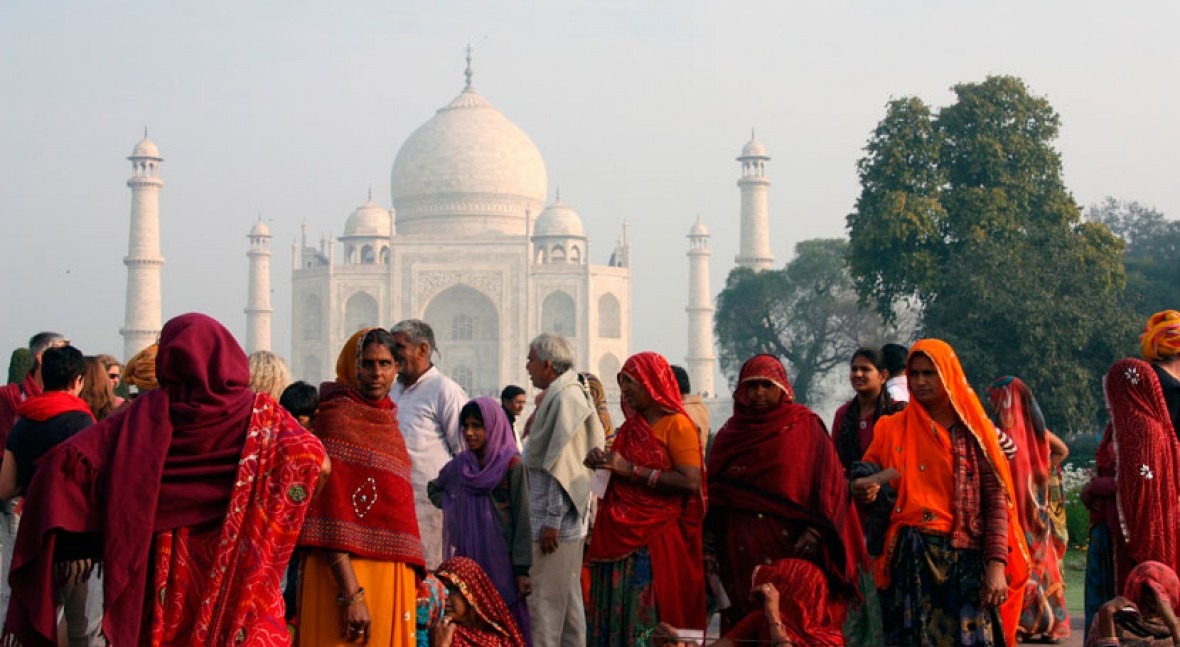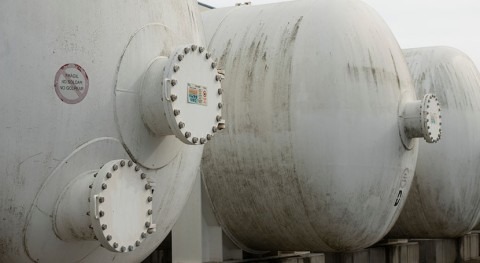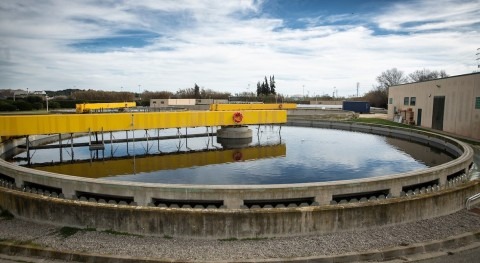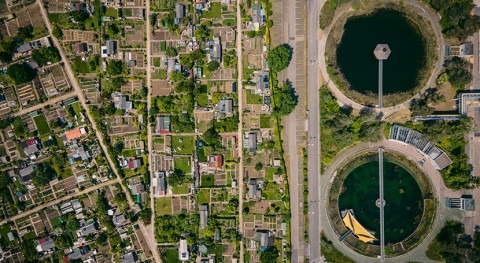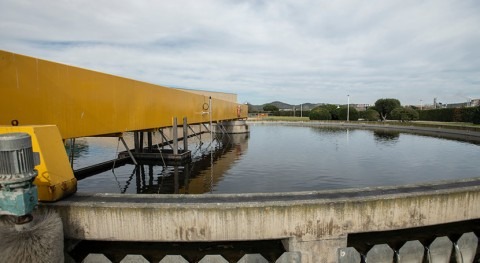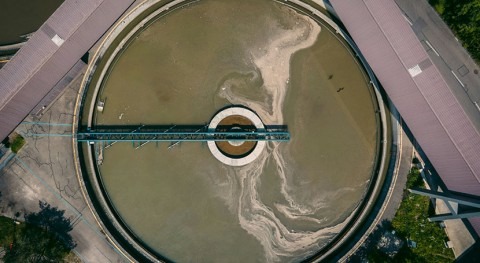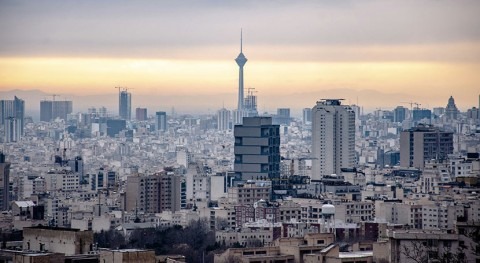Now that the election in India is over, the water crisis in the region received very little attention during the campaign, reports the BBC. The Bharatiya Janata Party that will remain in the government promised piped water for every home by 2024, while the Congress Party guaranteed access to drinking water for all. Whether those promises can be met is the issue at stake, given warnings of a national water crisis on the rise, with an estimated 42% of the country affected by drought.
The details of the crisis
Although over 18% of the world’s population live in India, more than 1.3 billion, the country has only 4% of the world’s freshwater resources.
The 2018 Composite Water Management Index report prepared by the government pointed out that ‘India is suffering from the worst water crisis in its history and millions of lives and livelihoods are under threat. Currently, 600 million Indians face high to extreme water stress’.
The report warns that 21 major cities, including Delhi and Bangalore, are expected to run out of groundwater as soon as 2020, affecting some 100 million people. By 2030, the country’s water demand is projected to be twice the available supply, and 40% of the population will not have access to drinking water.
Urban and rural areas
Water issues differ in urban and rural areas of India, explains Dr Veena Srinivasan, from the Ashoka Trust for Research in Ecology and the Environment. While in cities infrastructure to deliver water services cannot keep up with population growth, in rural Indian overexploitation of groundwater is the main concern.
Over 80% of the water in India goes to agricultural uses, and a large portion of it is groundwater that does not get replenished. Some of the major crops are water-intensive ─ rice, sugarcane, cotton ─ and water use is not efficient. It takes almost three times as much water (about 22,500 litres) to grow 1 kg of cotton in India, than in the United States (8,100 litres), according to the Water Footprint Network.
Water availability into the future
The ratio of annual groundwater extraction to net availability is used as an indicator of sustainable use. Although in 2013 the overall ratio for India was considered safe, by 2018 the pre-monsoon water levels had declined in about 66% of the wells monitored across the country, in comparison with the average for the previous 10 years.
Climate change also contributes to the water crisis in the country. Rainfall events are fewer though more intense, leading to surface run off that does not infiltrate to recharge groundwater. In dry regions, droughts are expected to be increasingly more common.
The funding issue
In India a federal scheme has been in place for some years to encourage states to supply safe drinking water in rural areas. However, according to the BBC, the funding was reduced in the past five years, while other issues, such as sanitation, were prioritised. Data from this year show that only over 18% of rural households have piped water access; that is only 6% more than five years earlier.
According to Dr Srinivasan, solving the problem will require focusing on farmers' need for an income instead of their need for water. She underlined the need to ‘rethink what is grown, where and how’. Other important measures will be water reuse, and harvesting rainfall to replenish groundwater.


